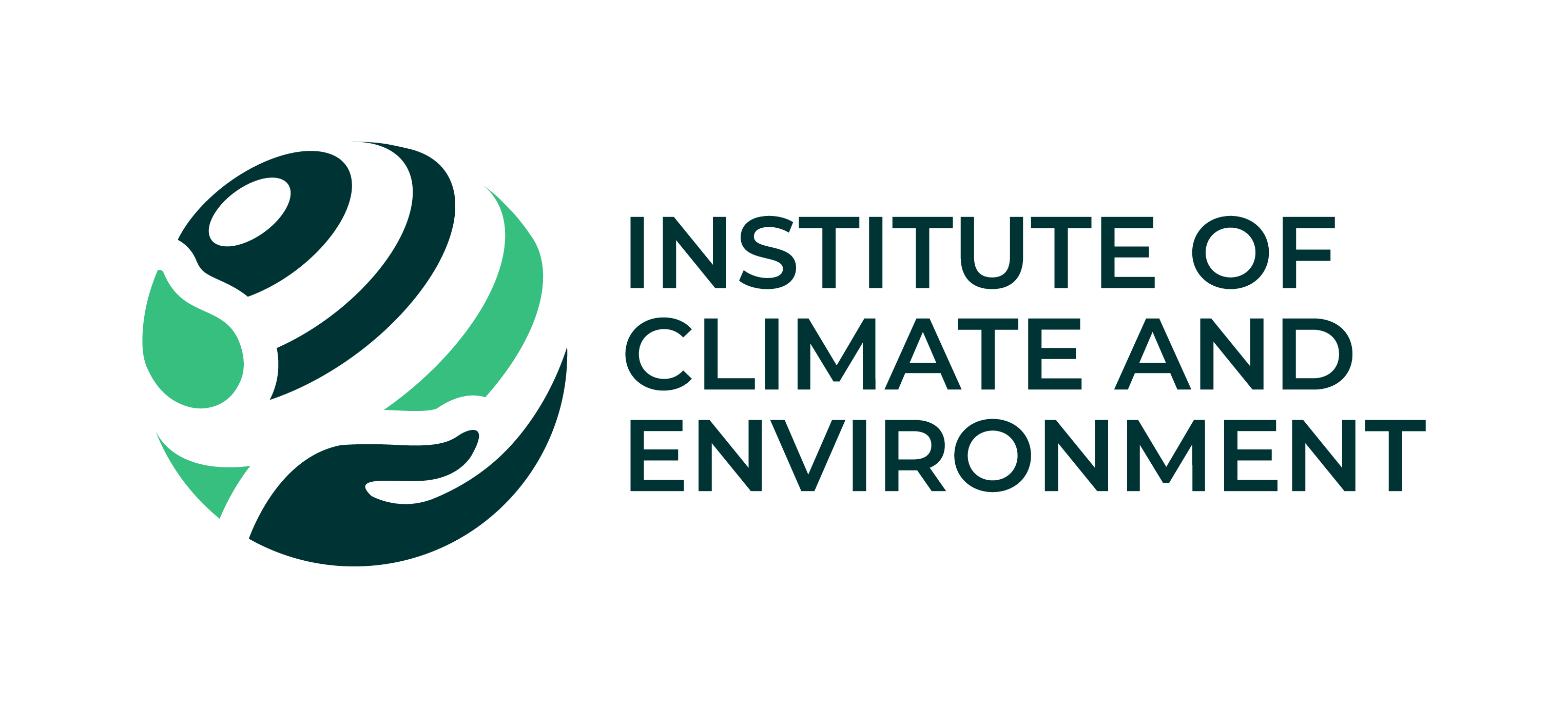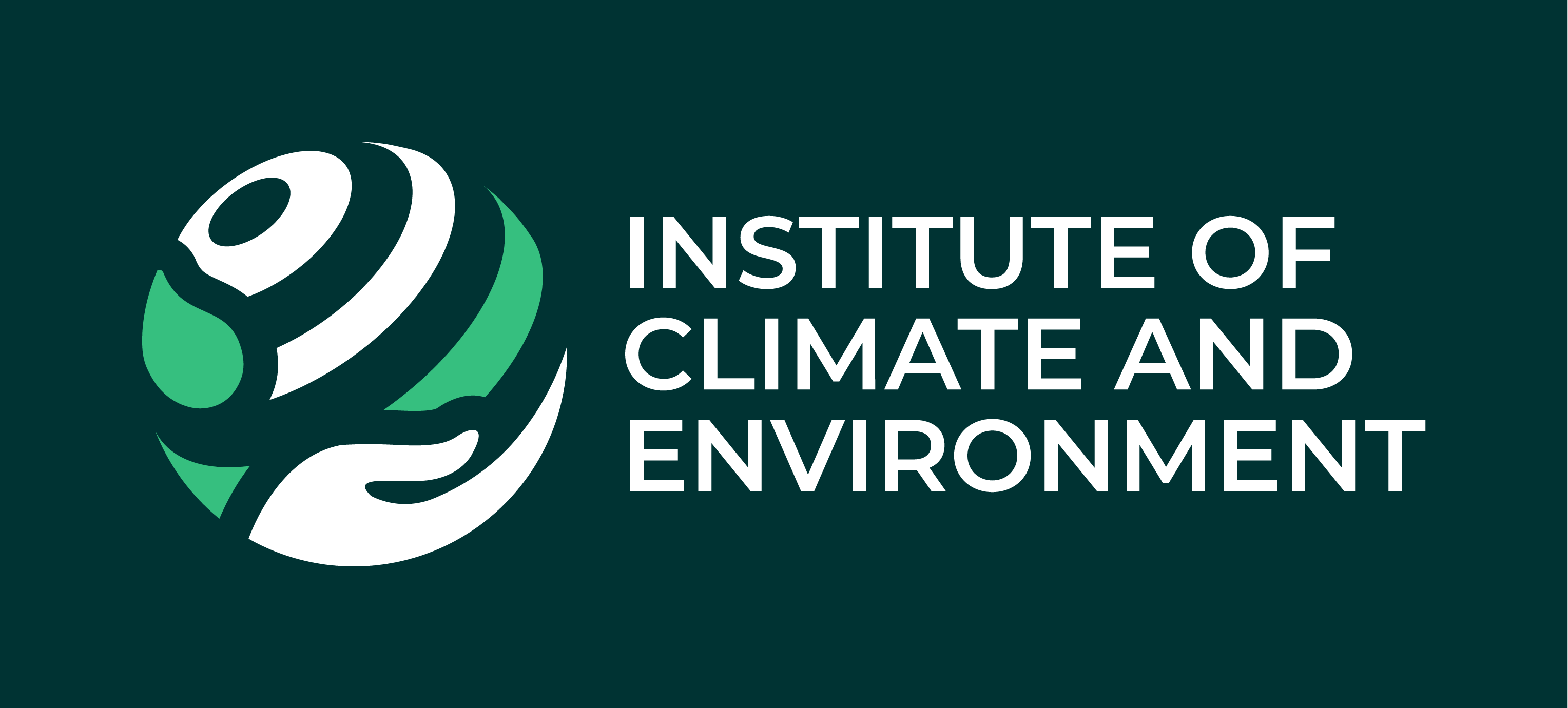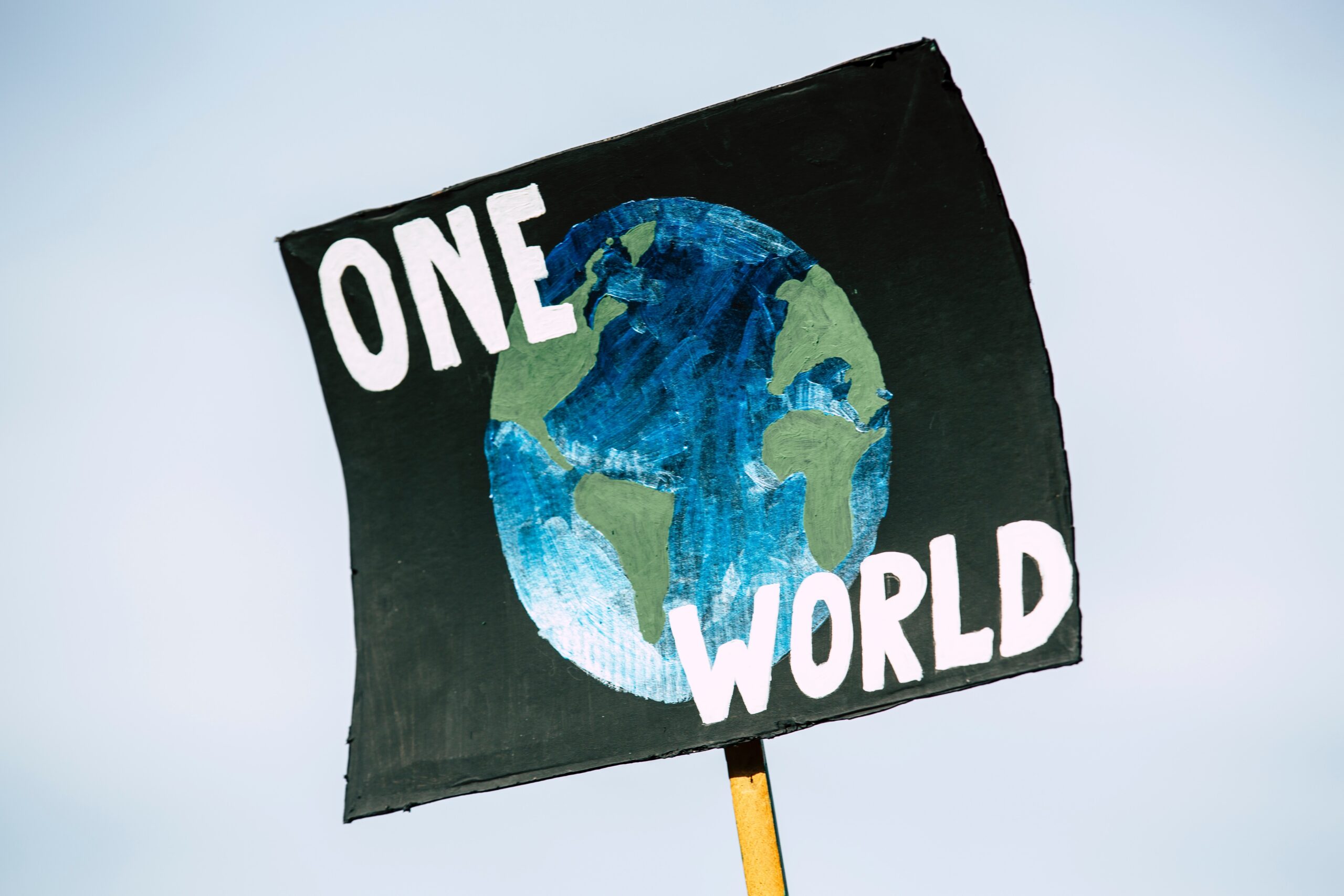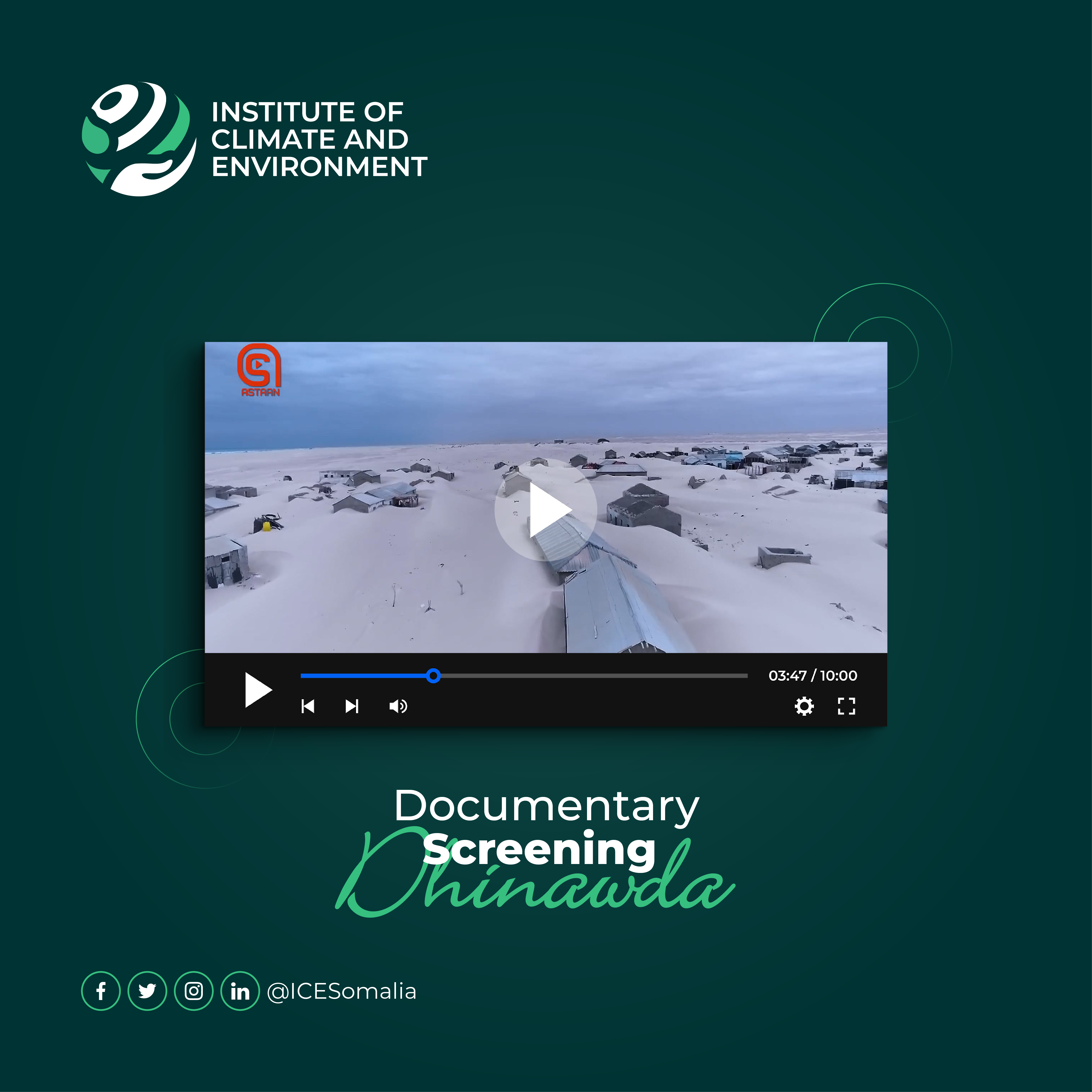
Combating Climate Change In Somalia Requires Structural And Systems Change
Climate change is one of the gravest risks threatening Somalia. Climatic events including frequent and severe droughts, altered rainfall patterns, and more frequent and intense floods and temperatures had a severe impact on Somalia. Due to its arid and semi-arid environment, Somalia is already vulnerable to droughts and water shortages. According to the global climate index ND-GAIN, Somalia is the second most climate-vulnerable nation in the world and one of the least prepared to deal with the climate issue. Multiple droughts that significantly harmed livestock and crops in Somalia in recent years have resulted in food insecurity, malnutrition, and climate-induced migration. In 2023 alone, rain seasons failed consecutively more than 4 times which resulted in the longest and most severe drought the country faces in decades. Unfortunately, more than 8 million people are indeed in emergency humanitarian response due to food insecurity while over 1 million people are being displaced by the drought. To increase the chance of Somalia’s climate resilience and build its adaptive capacity, Somalia should challenge the existing governance structures and systems towards a livable, greener, and sustainable future.
Prioritizing Climate Adaptation
Climate Adaption is inevitable in the case of Somalia to tackle the cascading effects of climate change. Somalis are an entrepreneurial society, by tapping their qualities among the communities to adapt to climatic events, this includes innovating new approaches to building resilience and reducing vulnerability. Climate adaption is about taking actions to adapt to the new emerging climatic conditions to both the current and future impacts. These could be investing and innovating new ways of water management, farming, land use and sustainable resource management practices to safeguard livelihoods. In the global south, there number of successful climate adaptation efforts being done which Somalia can borrow from best practices for climate change.
Practically, Adoption-driven or led by the local communities produces extensive results. Therefore, empowering the local communities to explore different ways of adaption whether it’s locally led adaption, community-driven adaption or even ecosystem-based adaptation is inviable and essential. At COP27, countries adopted the loss and damage fund which was a historical achievement towards establishing a special fund for the developing world in building resilience and safeguarding livelihoods. Somalia needs to unlock the global financial mechanisms including the adaption fund. Additionally, Somalia needs to accelerate its process of developing a National Adaption Plan with actionable and overarching goals of addressing the vulnerability of climate change and building adaptive capacity.
Allocation of funds
According to the Somalia National Determined Contribution (NDCs), the country needs more than $50 Billion US Dollars to from 2021 -20230 to adapt to the crisis by hugely investing in the productive sectors. Climate Adaption would mitigate the climate risk and the deepening poverty levels and inequalities which bears its burden by half of the Somali population. currently, this amount of climate finance is more than the current national budget, less than 1 billion US dollars, and its majority is not domestically mobilized. The country is required to unlock climate finances from the existing global financial mechanisms including the loss and damage fund, global green facility, green climate fund and others. Additionally, Somalia can benefit from establishing carbon markets to attract carbon credit finance to bridge the climate and development financial gap to achieve its climate targets. For Somalia to accelerate this pace to face climate change, it has to bridge the funding gap in building resilience and reducing the country’s vulnerabilities to climate shocks. Among many policy options, the country should fast-track building a robust climate finance coordination mechanism and climate budget tagging procedures to unlock financial support to invest in adaptation.
Mainstreaming green policies
As Somalia is undergoing efforts to rebuild and reform its public institutions and enact new laws and policies to ensure a functioning state in today’s modern world, it’s imperative the country is being directed towards inclusive green growth towards sustainable development. Despite all climate catastrophes in the country, Somalia recorded tremendous achievements in developing its Nationally Determined Contribution (NDC), National Climate change policy and national environmental policy, and recently started in developing its National Adaptation Plan (NAP). These new either enacted or upcoming needs to be aligned with The National Development Plan, Paris Agreements, and Sustainable Development Goals so Somalia doesn’t leave behind. Greening policies will systemically accelerate the pace of green transition in Somalia. This could be approached by either drafting new national acts to protect and safeguard the natural ecosystem or integrating green components into the existing national, sectoral, and sub-national policies and programmes, especially development strategies, plans and budgets. For example, Somalia should prioritise banning harmful and unsustainable practices including illegal fishing, ocean toxic dumping, deforestation, and charcoal trade. Also, Somalia should pioneer mainstreaming environmentally friendly laws to challenge the mindsets, systems, and institutions to think and act for sustainability. The Private sector investment could be channelled into greening the value chain of businesses or disrupting the conventional way of producing to innovate and adapt sustainable business practices. Greening systems would generate green jobs, accelerate transition, and serve the overarching goal of protecting people and the planet.
Strengthening the capacity of the institutions
Instituting an effective whole-society approach to face the cascading impacts of climate change, biodiversity and environmental degradation, Somalia established of Ministry of Environment and Climate Change (MoECC) for the first in its cabinet in august 2022. Although this step has been applauded cheerfully across the country again, it’s taken massive concerted multistakeholder efforts to correct the harmful incidents that depleted the natural ecosystem in Somalia. Putting national climate goals and commitment into action will require the technical capacity to engage community-centred climate action approach and deliver meaningful result-based action on the ground. Through the support of Somalia’s development partners, the national and regional institutions should be capacitated technically and structurally into more creative and agile to meet the demands of the crisis at hand.
Greening Minds
Since the nature of the crisis is planetary, it requires partners’ involvement in local communities to tap their indigenous knowledge and address the issue through a bottom-up and whole-society approach. Through this, Somalia can navigate its path to mitigate the crisis, adapt and transform into an economy into green and inclusive. To translate these ambitions, greening the mindsets is a prerequisite. Sustainable practices are preceded by challenging the status quo to more eco-friendly thinking and action from individual to household, to organizations, to a nation and beyond. Academia and civil society could play a major role in raising people’s awareness about the climate realities and the best practices to deal with their routine lives. Apart from the growing climate shocks, most people in Somalia see climate change as more of a natural accuracy rather result of anthropogenic activity. Such thinking will only hinder progress to be made in the fight against climate change. Therefore, changing people’s mindsets is a fundamental requirement before greening policies, institutions and economies. A few CSOs and academia in Somalia are now stepping up to pioneer bold steps in this, The Institute of Climate and Environment (ICE Institute) at SIMAD University is taking bold action to sanitize the people about the impact of climate change through advocacy campaigns, action research, capacity, and community building. Greening Minds will bridge the knowledge gap to create sustainable practices around lifestyle.







